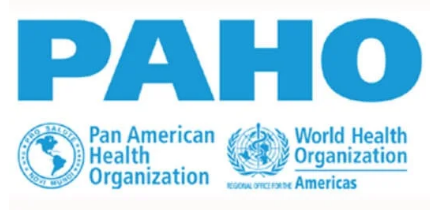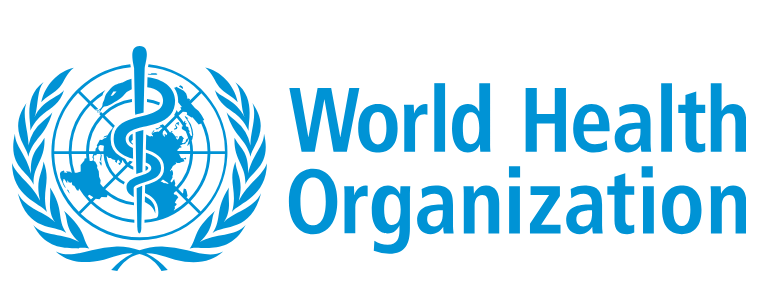This is an interactive portal that presents more than 140 health and health-related indicators with data from 1995 to the present, including disaggregation by age, sex, urban-rural distribution and more. It gives crucial information on the health situation and trends at the country, subregional and regional levels.
Latest updates:
- May 27th, 2025:
- Private, private and out-of-pocket health expenditure as % of GDP
- Youth literacy rate (%); both sexes, male and female
- Mean years of schooling (years); both sexes, male and female
- May 16th, 2025:
- Disaggregated Mortality rates for: General mortality, Alzheimer, Several types of cancer, Circulatory, strokes and Ischemic heart diseases, Cirrhosis mortality, Communicable diseases, Diabetes, External causes, Falls, HIV/AIDS, Homicides, Noncommunicable diseases, Respiratory diseases, Road injuries, Suicide, Tuberculosis, Under age 5 deaths and Unintentional poisoning
This portal on the health situation and trends of the Americas is a collaborative effort between the Ministries of Health, the national statistical institutes of the countries and territories of the Americas and PAHO's country offices, technical departments, and units. It is maintained by the Department of Evidence and Intelligence for Action in Health (EIH).





